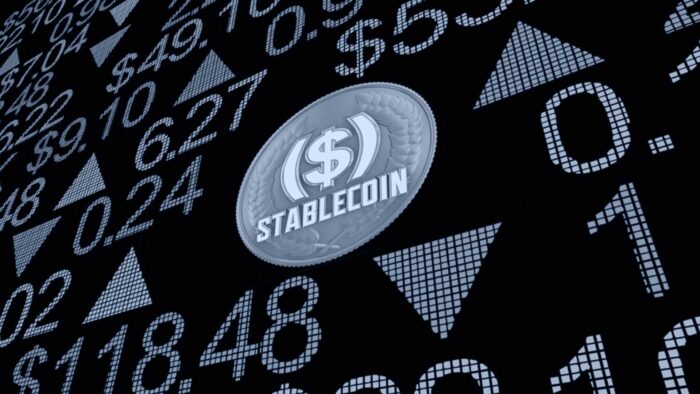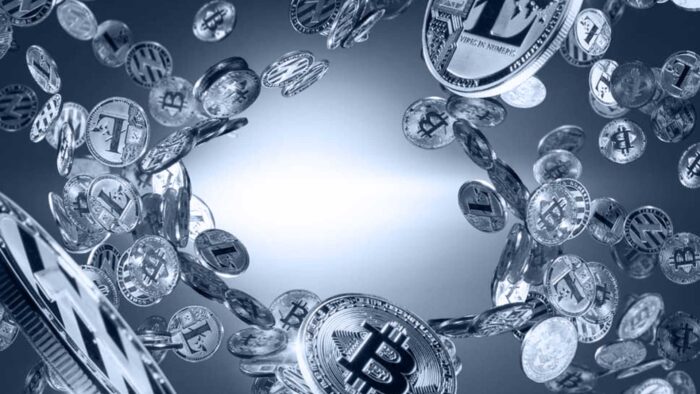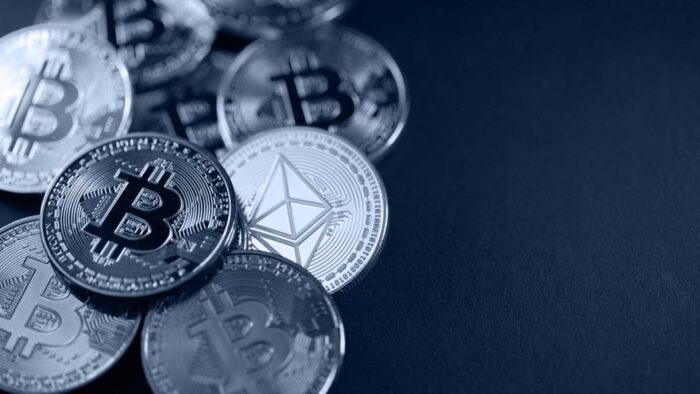BCB Group - Guides - What are Stablecoins? How Do You Use Them?

What are Stablecoins? How Do You Use Them?
Since their inception, cryptocurrencies have been considered particularly volatile investment instruments when it comes to their price. That’s led to price jumps and crashes, preventing cryptocurrencies from being used for everyday goods and services in some cases, due to the risks for vendors and merchants. That’s where stablecoins come in. The theory goes, if you create a currency that is ‘pegged’ or attached to a regular fiat currency like the US dollar or something else with a relatively stable price, it will prevent price swings.
Stablecoins are used as stores of value or units of account, as well as in other use cases where volatile cryptocurrencies may be less desirable. Different stablecoins use different strategies to achieve price stability; some are centralised, others are decentralised. Our experts at BCB Group have captured their tips and insight on the topic and explore this more below.
Att BCB Group, we’re committed to giving our clients the best platform to provide the rails to move money and a gateway to crypto and FX markets at scale, which is why you can find lots of informative, insightful posts right here on our Insights page and across our website. Our team is always on hand to help our clients make the right call when it comes to institutional cryptocurrency banking and payments services. To discover how the BCB Group team could help to enhance your crypto banking, payments and trading experience, get in touch with us online.
What are Stablecoins?
Stablecoins are one of the main pillars of the cryptocurrency and digital asset space. As the name suggests, they’re stable, reliable currencies that are not expected to act with volatility as the market changes and grows, instead offering consistent growth and value to those that possess them. To do this, the value of stablecoin currencies is often pegged to that of another asset, such as a fiat currency or the value of a precious metal such as gold or silver. By pegging the value of the currency to another asset, stablecoins essentially negate much of the risk associated with volatile cryptocurrencies and present a smart, stabilised investment. Like most digital assets, stablecoins are primarily used as a store of value and as a medium of exchange. They give traders temporary reprieve from volatility when the market is tumbling, and can also be used in the rapidly growing world of decentralised finance (DeFi) for things like yield-farming, lending, and liquidity provision.
Most traders and investors gain exposure to stablecoins by purchasing them from exchange platforms, but it is also often possible to mint fresh stablecoins by depositing the requisite collateral with the issuing company, such as US dollars with Tether or physical gold with CACHE gold.
In most cases, the entity responsible for creating a stablecoin will have established a “reserve” – this is a secure store where the asset that pegs the value of the coin will be held. An example of this would be a store of $5 million at a traditional bank, which could be used to back up 5 million units of the stablecoin, provided that the value ratio is 1:1. This money will then be held as collateral for the stablecoin, meaning that stablecoin holders will be able to cash out their tokens for an equal amount of the asset that backs it whenever they should want to.
There are 3 main types of stablecoin collateral in the market currently, with each having a slightly different way of operating – these are:
- Fiat-backed: This is the most common type of collateral for stablecoins, using a government-issued currency such as the euro, dollar, or pound as the asset to peg the token value to. USDT is an example of a dollar-backed stablecoin, as is Circle’s USDC, whereas STASIS is a good example of a cryptocurrency that’s pegged to the euro.
- Precious metal-backed: These coins have their value tied to that of precious metals, such as gold, silver, or platinum. This can lead to a little more price fluctuation as the value of these commodities can often fluctuate, but overall this is a stable way to peg and monitor the value of the coin.
- Cryptocurrency-backed: This can be where the asset-pegging can become a little confusing, with stablecoins using other coins to stabilise their value. Of course, volatile tokens won’t be used for this, instead, you’ll commonly see Bitcoin and Ethereum used for this purpose.
Acquiring Stablecoins: What is the Process?
Once you’ve done your research and you’re confident that exploring the world of stablecoins is in your best interest, it’s time to start looking into the process of acquiring stablecoins. Thankfully, this isn’t a particularly difficult process, so long as you are working alongside top-quality banking services partners who are able to offer solid payment infrastructure and secure transactions.. The process, once the correct partner is found, is really as simple as calling your broker, transferring your money, and receiving the coin – of course, there are a few steps involved between these, but this will be handled by your broker and banking partner. Because they are supposedly backed by fiat currency, investors can be confident that their tokens will always sell for one dollar each. This supposedly means that the prices won’t fall: coin prices are driven by belief, so if investors believe their stablecoins are worth and backed by one dollar each, the price should reflect that.
They’re a safe haven for worried investors. Many exchanges don’t let traders buy fiat currency, and only let them buy and sell cryptocurrencies. This means it’s often tricky for investors to swiftly cash out their cryptocurrencies when the going gets tough. To do so they might have to transfer across several exchanges, or even wait several days.
This is where stablecoins come in. Because they are cryptocurrencies, they live on most exchanges. Yet because they hew to the value of a single fiat currency, they act as a sort of temporary refuge for investors looking to secure their funds during a bear market. In this way, stablecoins are like blockchain-enabled versions of the dollar.
With BCB Group, you’re in safe hands – we’re not only an industry leader when it comes to payment infrastructure and institutional solutions, but we’ve also got one of the most experienced and knowledgeable teams in the industry. With this expertise and knowledge at our disposal, we’re able to ensure that we’re always able to offer the right advice to our clients. At BCB Group, our expertise is something that we’re immensely proud of, not just because of the security that it gives to our clients, but because it enables us to provide our clients with a service unlike any other banking partner or challenger bank in the cryptocurrency industry.
Examples of Stablecoins Currently Available
Here’s a comprehensive list of popular stablecoins
USD-pegged
- Tether (USDT)
- True USD (TUSD)
- Gemini Dollar (GUSD)
- USD Coin (USDC)
- Paxos Standard (PAX)
- Binance USD (BUSD)
- DAI
- HUSD
- sUSD (SUSD)
- mStable USD (MUSD)
- Ampleforth (AMPL) (algorithmic)
GBP-pegged
- Binance GBP Stable Coin (BGBP)
EUR-pegged
- Stasis Euro (EURS)
TRY-pegged
- BiLira (TRYB)
KRW-pegged
- Binance KRW (BKRW)
Gold-backed
- CACHE Gold (CACHE)
- Tether Gold (XAUt)
- Paxos Gold (PAXG)
Other
- Petro (PTR) (oil-backed)
- Libra (basket backed)
You can contact our expert team at BCB Group right here on our website for any further enquiries about our services, or, alternatively, you can continue learning about stablecoins, cryptocurrency, and much more over in our Insights section! We’ll be posting regular insights on this page, so be sure to check back often to keep up with the latest trends and developments in the industry.







